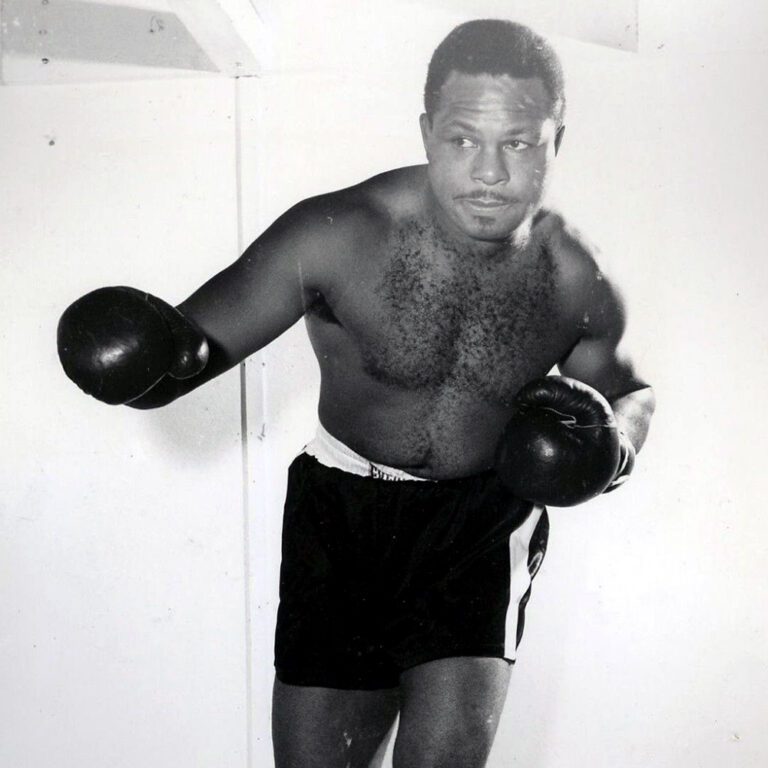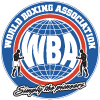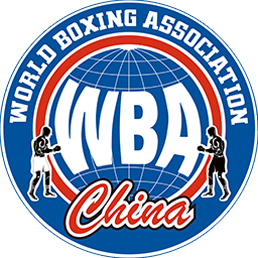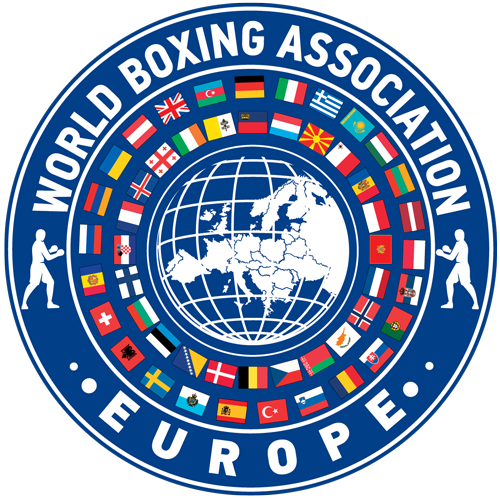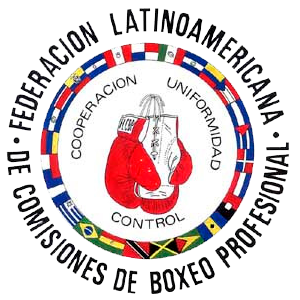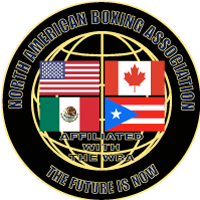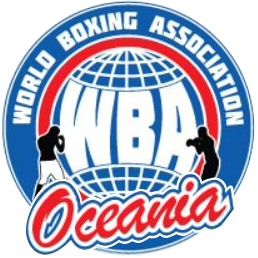On December 13, 108 years had passed since the birth and, coincidentally, 26 years since the death of the legendary Archie Moore, a boxer who truly deserves to be called exceptional, incomparable, and legendary.
Those two events of his life serve as the basis for these brief lines by which we intend to pay tribute to the memory of the man who, is unanimously considered the greatest light heavyweight boxer in the history of boxing, a sport that was born about 7,000 years ago.
Let’s begin by saying that Moore was distinguished by three virtues that were uncommon in the demanding profession in which he worked, with brief retirements, between 1935 and 1963.
The first of these qualities was his sporting longevity. The second was that he was undisputedly the best light heavyweight in history. The third virtue was his ability to deliver the most knockouts in the history of boxing.
Moore, born Archibald Lee Wright in Benoit, Mississippi, on 13 December 1916 (it has been said that it was actually 1913), died of coronary insufficiency in San Diego, California, four days before his 82nd birthday on 9 December 1998.
FROM JUVIE TO THE RING
The man who would eventually become an iconic fighter lost his parents at a very young age and was raised by a humble uncle and aunt, Moore, from whom he took his surname. The death of his uncle a few years after his arrival at his new home changed his life completely, as he fell into bad habits that led him to a correctional institution for almost two years. From there he came out determined to mend his ways and found in boxing the path that led to a substantial improvement in his life as a citizen. From the reformatory, where he learned to box, he left with his sights set on the sport of gloves as his future activity.
He made his professional middleweight debut on September 3, 1935 at Missouri’s Poplar Bluff arena with a knockout in the 2nd of 4 rounds against a certain Billy Simms and stopped the march as a light heavyweight after a brief retirement in the 1940s, culminating his long journey on March 15, ‘63, the same way he had started walking on it as a pro–when he was just under 19 years old–with his trademark three-round KO over Mike DiBiase in Phoenix, Arizona.
When he stopped, he had unofficially accumulated 141 knockouts (some records give him nine less) before the final bell, a tally unmatched in history and one that it seems can never be matched. He did so in 194 fights of which he lost 26 with 7 knockouts and 8 draws, according to The Boxing Record Book, 1998, different from BoxRec’s records which give him 186 fights with 132 KOs (7 KOs against) -27 (7 KOs against)-10 draws. He is followed on the exclusive 100+ KO list by only Young Stribling (129), Sam Langford (128), Kid Azteca (114) and SugarRay Robinson (108). Such numbers include a draw and 7 knockouts in Argentina (he won another in Uruguay) in 1951, supported by the presidential couple of Juan Domingo Perón and Evita, two of his hundreds of thousands of devoted fans.
Due to the racial discrimination prevailing at the time, he was forced to wait a long 17 years for a title shot, which he got on December 17, 1952, five days after his 36th birthday, when he defeated Joey Maxim in 15 rounds for the middleweight title. He successfully defended it against Maxim himself and in January 1954, at the age of 39, he ascended to the semi-featured throne with a third win over Maxim. He defended it 10 times, among others against Carl Bobo Olson, Harold Johnson, Yolande Pompei (in England. Won by KOT10), Tony Anthony (GKO7), Canadian Ivon Durelle (2 times, KOT11 and KOT3) and Italian Guilio Rinaldi (GD15).
He also tried, unsuccessfully, to take the heavyweight belt. The first time the annihilating Rocky Marciano – who recovered from a knockdown in the first – ‘put a 39-year-old Moore to sleep’ in the ninth for his 43rd knockout out of 46, in September ‘55, the last performance of The Rock, as RM was nicknamed. On 30/11/ 56, 21 year old Floyd Patterson, 19 years his junior, knocked him out in 5 rounds.
On 15/11/62, at the age of 46, he fought Muhammad Ali (then Cassius Clay), 26 years younger, who won in 4 rounds.
After retirement Moore devoted himself to the care of underprivileged teenagers through a foundation he called Any Boys Can, in San Diego, California, where he helped with studies and taught boxing to the youngsters.
Some time later, he joined the team of assistants to then heavyweight world champion George Foreman, whom he accompanied in several bouts, including the one in Kinshasa, Zaire, now the Democratic Republic of Congo, on October 30, 1974, in which Muhammad Ali shocked the world by dethroning Big George with an 8-round KO.
‘The Old Mongoose’, as he was called, received several distinctions, among which, briefly, the following can be counted: in 1980 he was inducted into The Ring Hall of Fame and the International Hall of Fame of Canastota exalted him in 1990. The California Hall of Fame did the same (2006). In 1999, the Associated Press named him the Best Light Heavyweight of any era and in 2002 The Ring Magazine ranked him XIV among the Greatest Boxers of All Time. Three years later, the same publication called him the Greatest Puncher (Knockout) in History.


